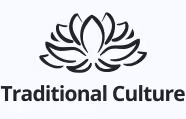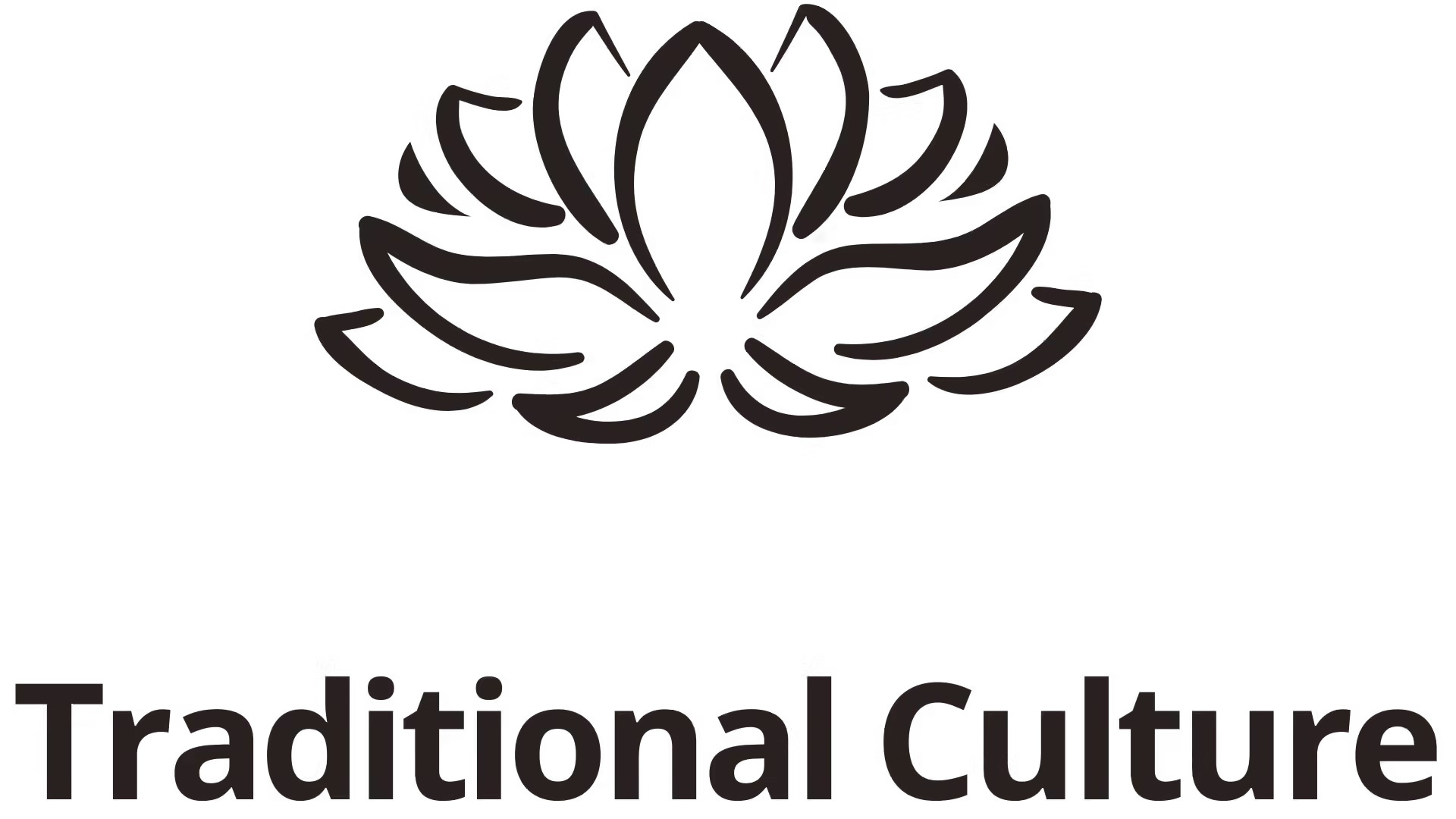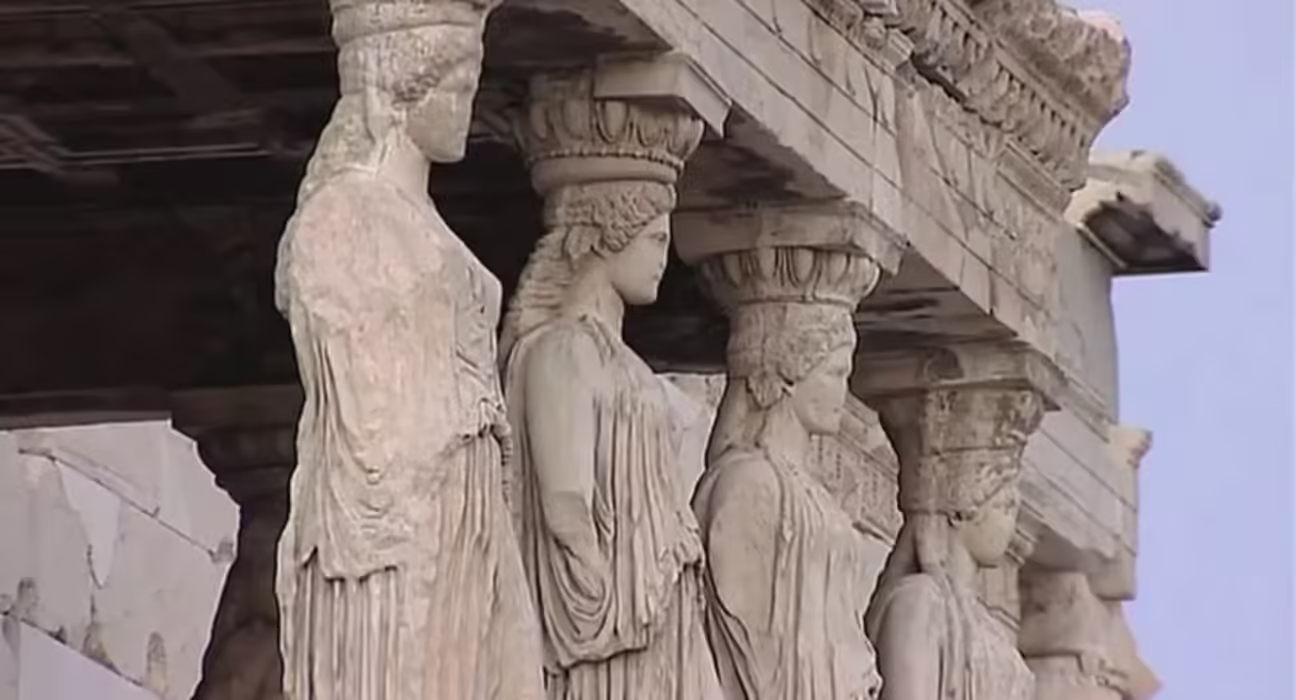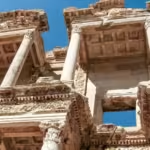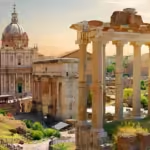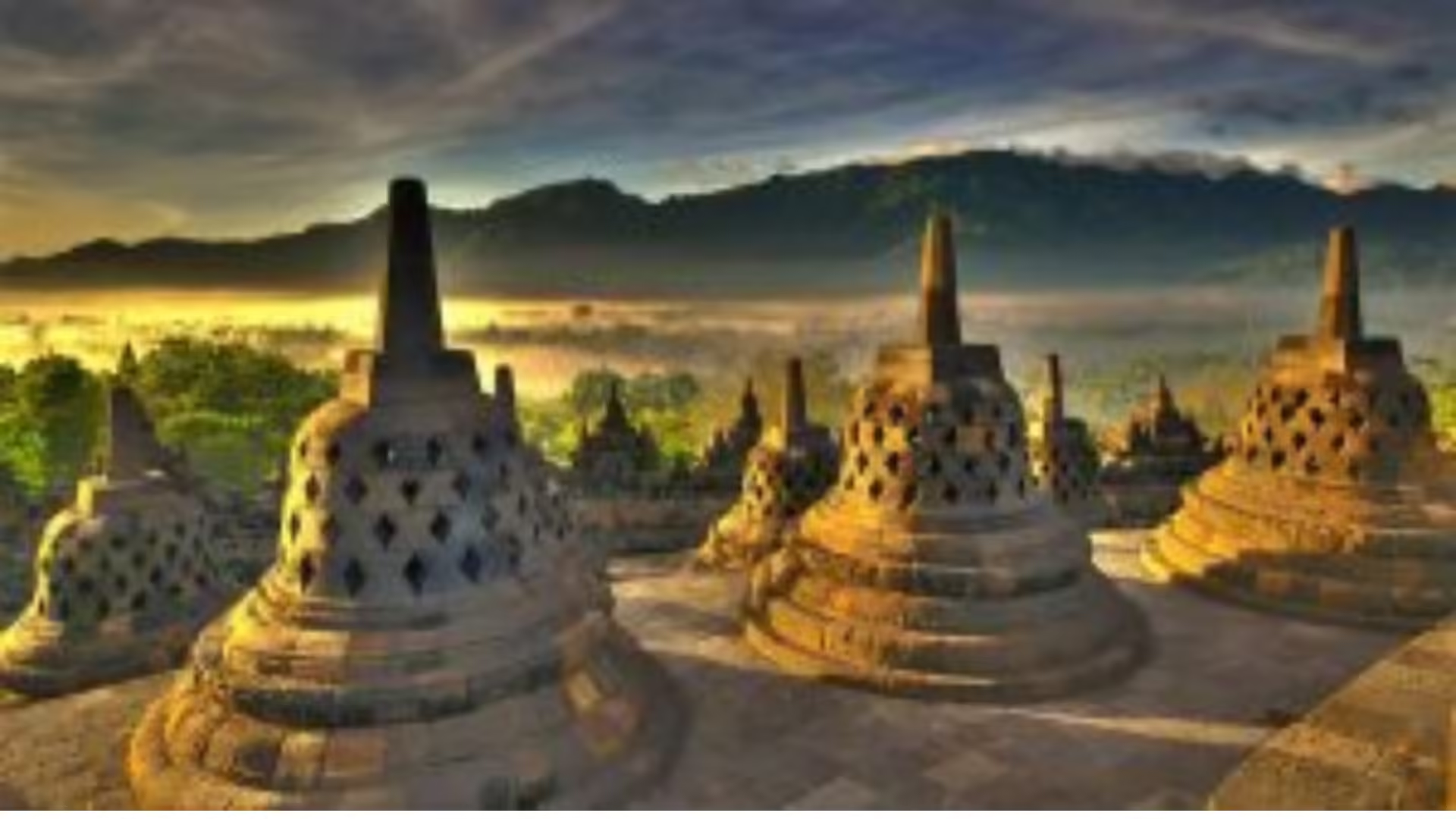Erechtheion, an architectural marvel standing on the Acropolis of Athens, embodies a captivating blend of mythology and history. This unique structure is not merely a temple; it is a testament to the rich cultural heritage of ancient Greece, reflecting the reverence for gods, the intricacies of societal norms, and the artistic prowess that has inspired generations.
The beauty and complexity of the Erechtheion make it a focal point of interest for historians, archaeologists, and visitors alike. Its intricate details and profound symbolism invite one to explore deeper into the narratives that shaped Athenian identity and culture through the ages.
A Closer Look at the Architectural Design of Erechtheion
The architectural design of the Erechtheion is nothing short of fascinating. It diverges from the conventional symmetry found in most ancient Greek temples, presenting a unique form that mirrors the irregular terrain of the Acropolis. Understanding this design reveals much about the ingenuity and dedication of its creators.
Uneven Structure: A Reflection of Its Environment
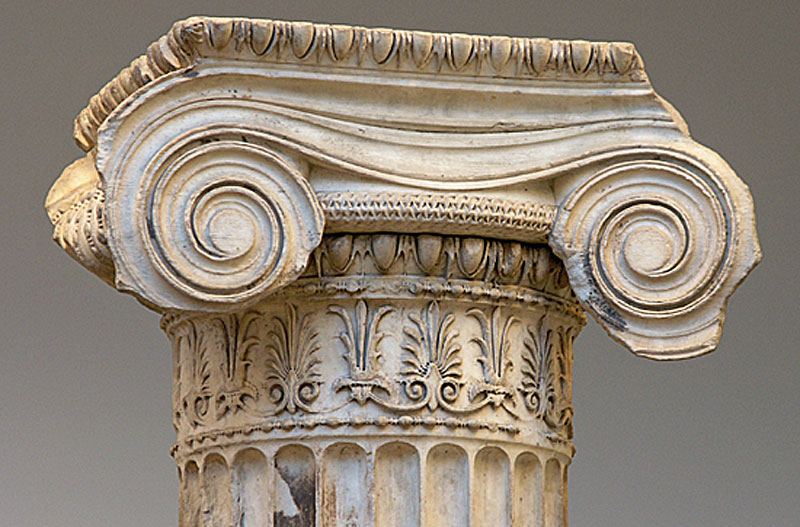
The Erechtheion’s design showcases an uneven structure that stands in stark contrast to the familiar symmetrical layout of ancient Greek architecture. Built on a slope, the architects faced numerous challenges posed by the undulating landscape. They skillfully adapted to the natural environment, creating a temple that harmonizes with its surroundings rather than dominating them.
This approach reflects a deep respect for nature that was central to ancient Greek beliefs. The architects’ choice to embrace an asymmetrical design underscores a philosophical connection to the earth, illustrating how divine forces are intertwined with the physical landscape. The irregularity of the Erechtheion serves as a vivid reminder of humanity’s place within the larger tapestry of existence.
The Caryatids: Standouts of Grace and Strength
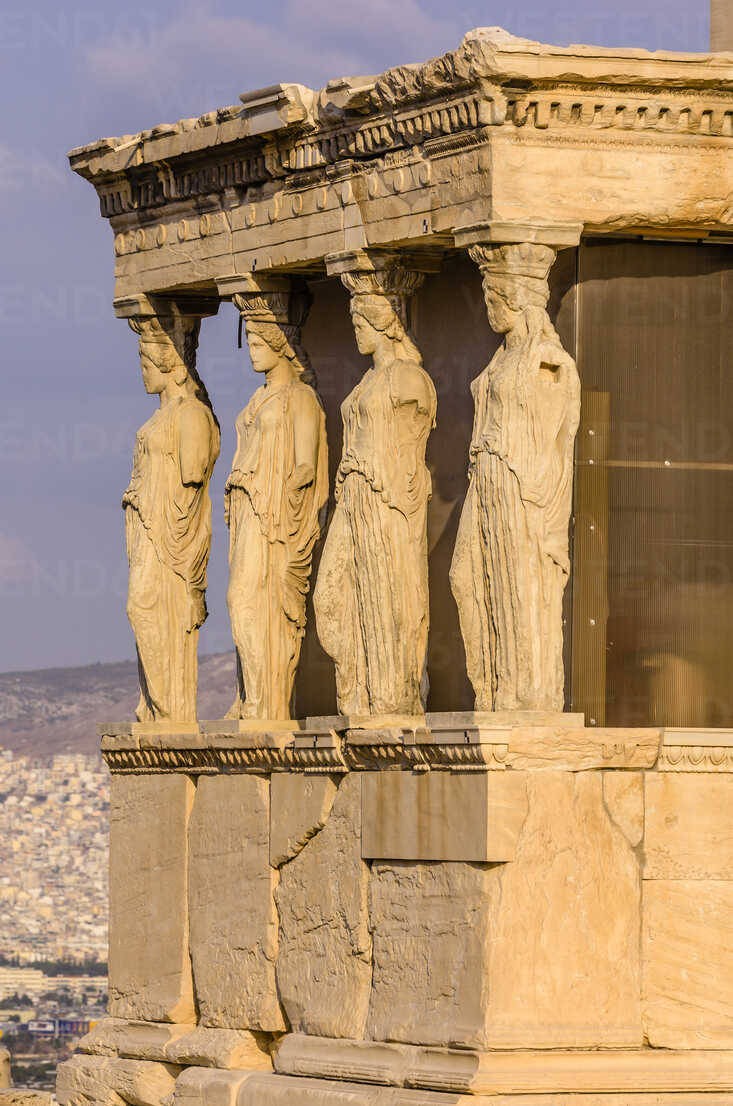
One of the most striking elements of the Erechtheion is the south porch adorned with Caryatids—elegant female figures that serve as supporting columns. These exquisitely crafted statues replace traditional pillars, embodying both artistic beauty and cultural significance.
Each Caryatid tells a story of its own, representing more than mere structural support. In ancient Athens, women held various roles, and these figures symbolize their importance in society. By depicting them in a posture that exudes grace and nobility, the architects paid homage to feminine strength and beauty. This aspect of the Erechtheion invites discussions on gender dynamics within ancient Greek civilization and the evolving roles of women throughout history.
The Sacred Spaces Within Erechtheion
The Erechtheion is not solely defined by its external beauty; the internal spaces also hold significant meanings. The temple was designed with several sanctuaries dedicated to different deities, serving as a hub for religious practices and rituals.
Each chamber within the Erechtheion represents a distinct element of worship, reflecting the spiritual needs of the Athenian populace. The interplay between these sacred areas fosters a sense of interconnectedness among the various aspects of life, reinforcing the belief that the divine permeates all experiences. As one navigates through these spaces, they embark on a journey that transcends time, connecting with the spiritual essence that once thrived in ancient Athens.
Mythology Encapsulated in Erechtheion
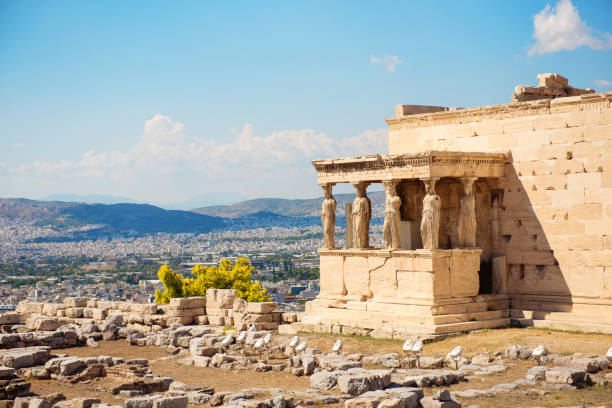
Mythology plays a critical role in understanding the significance of the Erechtheion. The stories interwoven with this architectural marvel highlight the intricate relationship between the Athenians and their deities, shaping their cultural identity.
The Legend of Erechtheus: A City’s Guardian

The name “Erechtheion” is derived from Erechtheus, a legendary king of Athens known for his valor and commitment to protecting the city from threats. According to myth, Erechtheus fought tirelessly against invaders, embodying the virtues of courage and sacrifice.
This historical figure symbolizes the resilience of the Athenian spirit, evoking admiration and respect. The very existence of the Erechtheion is a tribute to his legacy, as it houses sacred relics associated with the mythological king. By honoring Erechtheus, the Athenians affirmed their cultural pride and collective memory, creating a lasting bond between past heroes and contemporary society.
Athena and Poseidon: The Divine Contest

The Erechtheion is steeped in the mythology surrounding the contest between Athena and Poseidon for the patronage of Athens. According to legend, both gods sought to claim the city as their own, leading to a competition that would determine its protector.
Athena’s gift of the olive tree, symbolizing peace and prosperity, was ultimately favored over Poseidon’s offering of a saltwater spring. This pivotal moment not only establishes Athena as the city’s guardian but also highlights the values cherished by the Athenians—agriculture, wisdom, and tranquility over conflict.
The Erechtheion serves as a physical testament to this mythic narrative, encapsulating the beliefs and aspirations of its people. The intertwining of divine tales within the temple structure invites reflection on the ways myths shape societies and influence cultural identities across time.
A Sanctuary for the Sacred Relics

Within the walls of the Erechtheion, sacred relics were housed, each carrying profound significance. Among these treasures lay the sacred olive tree, believed to have been gifted by Athena herself. This tree became a symbol of wealth, nourishment, and vitality, embodying the spirit of the city.
The presence of such relics transformed the Erechtheion into a pilgrimage site, drawing worshippers who sought blessings and guidance. The convergence of faith, culture, and history attests to the importance of preserving these tangible links to the past. The sacredness of the Erechtheion resonates with those who continue to visit, fostering a connection to a time when myths and realities intertwined seamlessly.
Influence of Erechtheion on Future Civilizations

The impact of the Erechtheion extends far beyond its original context, influencing countless civilizations that followed. Its architectural innovations and cultural narratives have left an indelible mark on art, religion, and societal values worldwide.
Architectural Inspirations Through the Ages
The unique design and aesthetic qualities of the Erechtheion have inspired architects and artists throughout history. From the Renaissance to the modern era, elements of its structure can be seen replicated in various buildings around the globe.
The use of Caryatids, for instance, has become a celebrated motif in neoclassical architecture—an enduring testament to the power of the Erechtheion’s influence. As designers draw upon its artistic essence, they contribute to a broader conversation about tradition, innovation, and the continuous evolution of architectural language.
The Cultural Legacy of Erechtheion
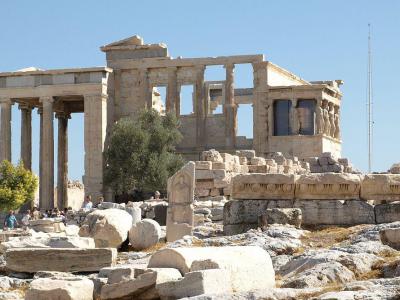
Beyond its architectural contributions, the Erechtheion stands as a symbol of cultural heritage. Its intertwining of mythology with history serves as a reminder of the importance of storytelling in shaping identities.
Modern societies grapple with similar issues of cultural preservation and representation. The Erechtheion encourages contemporary individuals to reflect on their own narratives, celebrating diversity while acknowledging shared histories. In doing so, it promotes a deeper understanding of the human experience and the nuances that define our existence.
A Beacon for Cultural Preservation
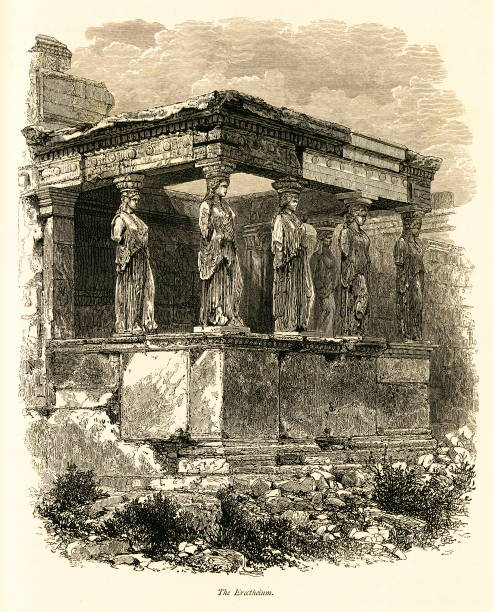
In an ever-changing world, the lessons drawn from the Erechtheion resonate with current conversations around cultural preservation. As globalization often leads to homogenization, there arises a pressing need to safeguard the unique characteristics that define local identities.
The Erechtheion serves as a beacon for those advocating for cultural heritage conservation. By studying its history, we are reminded of the value of maintaining connections to our roots, ensuring that future generations can engage with the richness of their histories.
The Interplay of Art and Religion in Erechtheion

The Erechtheion exemplifies the intricate relationship between art and religion in ancient Greece. The meticulous craftsmanship and symbolic significance embedded within the structure reveal a devotion to both aesthetics and spirituality.
Artistic Mastery in Every Detail

The creation of the Erechtheion was a labor of love, with artisans pouring their skills and creativity into every detail. From the elaborate friezes to the sculptural elements, each feature reflects a heightened awareness of form and function.
The artistry displayed in the Caryatids captures a profound sense of movement and emotion, breathing life into stone. This synthesis of art and architecture illustrates how the Greeks viewed the divine as inseparable from beauty—a philosophy that continues to inspire artists today.
Religious Practices Shaped by Architecture
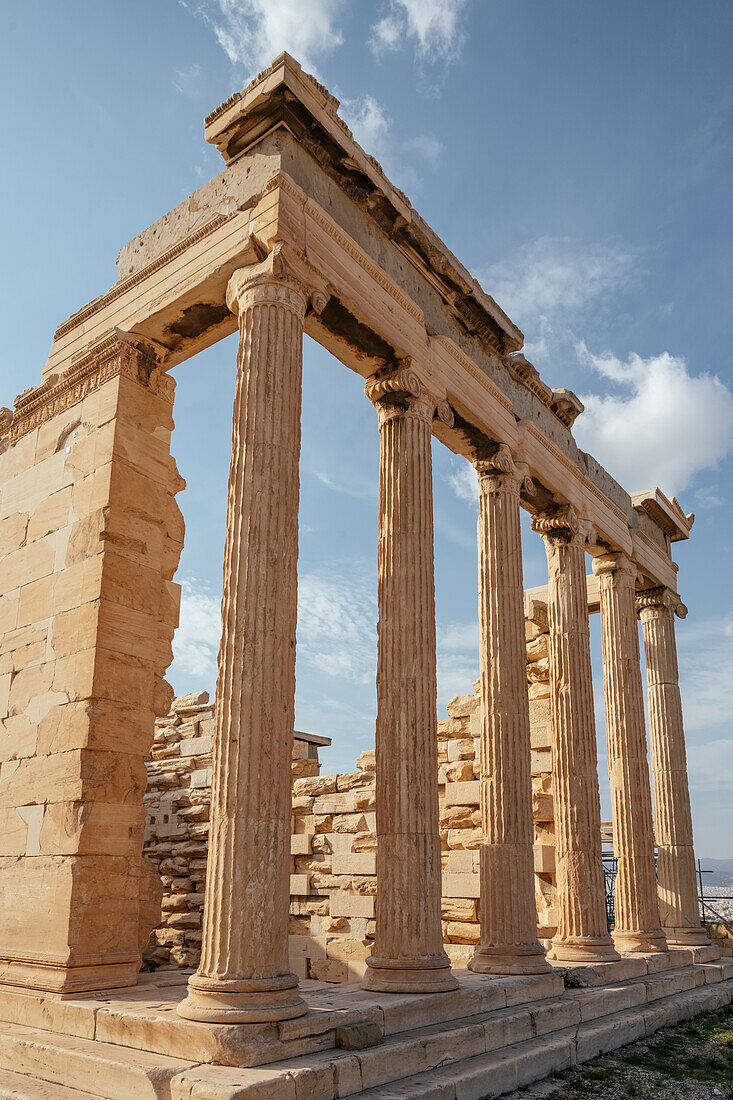
Architecture played a pivotal role in defining religious practices within ancient Greece. The design of the Erechtheion facilitated various rituals and ceremonies that honored the gods, establishing a space where the divine could be experienced viscerally.
The multiple sanctuaries within the Erechtheion catered to diverse worship needs, allowing practitioners to connect with their deities in profoundly personal ways. This interactivity between space and spirituality emphasizes the importance of environment in shaping religious experiences—a concept still relevant in contemporary practices.
The Lasting Impact of Artistic Expression
As a fusion of art and religion, the Erechtheion stands as a testament to the enduring power of artistic expression. It invites contemplation on the role of creativity in understanding the universe, serving as a medium through which individuals can explore their beliefs and emotions.
The lessons learned from the Erechtheion encourage modern audiences to embrace their creative impulses, recognizing that art can be a bridge to understanding complex philosophical and spiritual inquiries. Its legacy inspires future generations to create spaces that honor both the sacred and the beautiful.
Conclusion
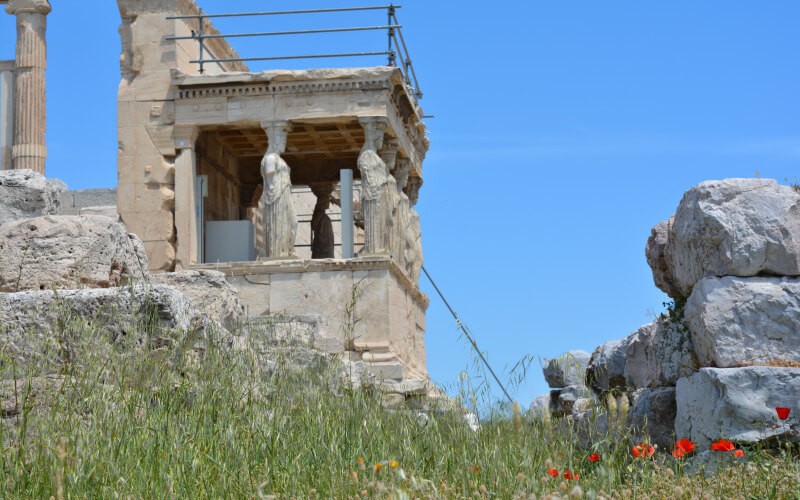
The Erechtheion, with its distinctive architecture, rich mythology, and cultural significance, encapsulates the essence of ancient Athens. As a living testament to the intricate interplay between art, religion, and history, it continues to influence and inspire.
Through its exploration of themes such as gender, myth, and the sanctity of space, the Erechtheion invites us to reflect on our own cultural narratives and the legacies we wish to leave behind. In an age marked by rapid change, the lessons gleaned from this remarkable structure remind us of the importance of preserving our histories, celebrating diversity, and embracing the beauty of artistic expression. The Erechtheion remains not just an architectural wonder, but a vibrant storyteller that bridges time and culture, encouraging all to listen closely to the songs of our shared human experience.

